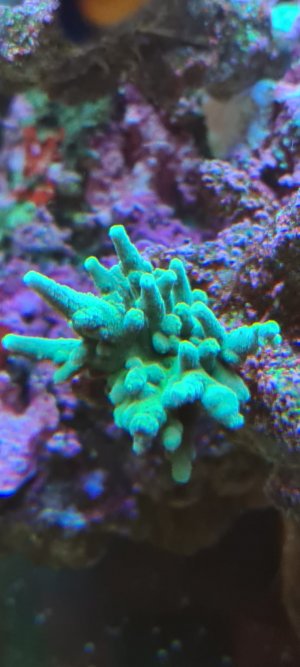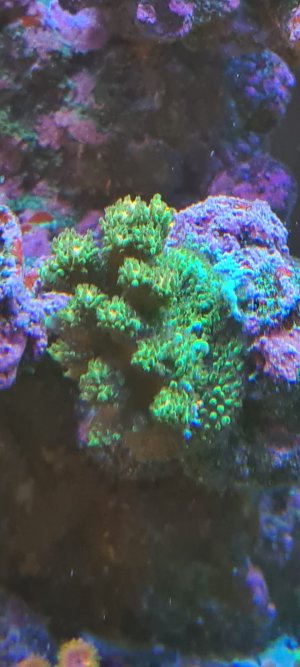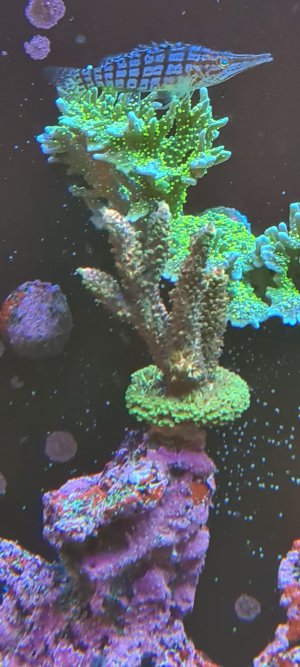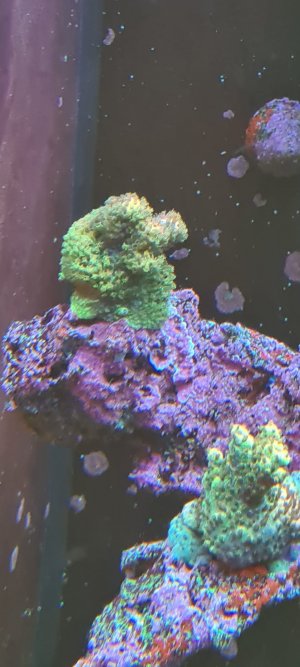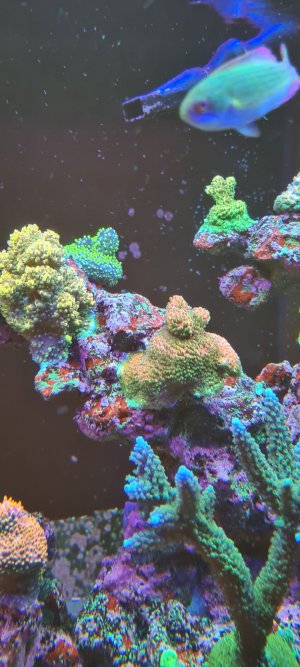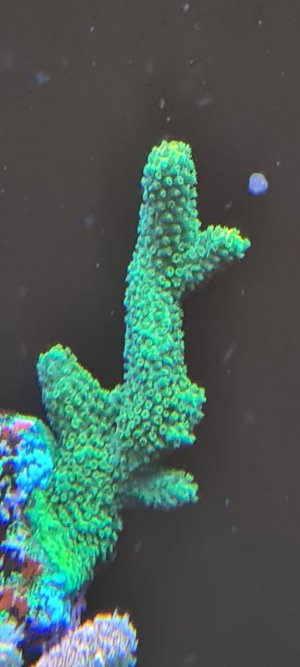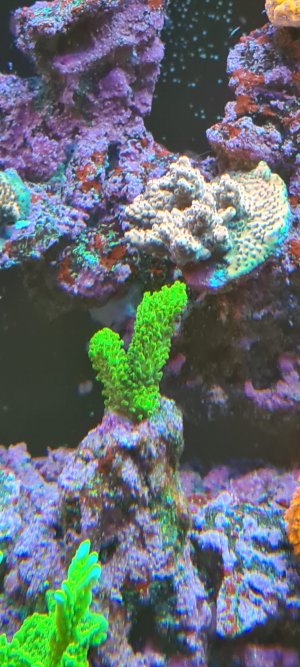Acronic
The Fifth Master
Basically it is an environmental imbalance that the coral reacts to by changing the crystalline structure of its skeletal matrix.
The aragonite polymorph is structurally more robust compared to the calcite polymorph which is why we are hearing about flow being suspected. ie the "windswept" growths.
Exactly why the blisters occurs I'm not entirely sure but I feel as though it may be some sort of localized gas build up between the connective tissue and the skeletal matrix due to the excellerated growth rate of the calcite polymorph.
Just my 2 cents
The aragonite polymorph is structurally more robust compared to the calcite polymorph which is why we are hearing about flow being suspected. ie the "windswept" growths.
Exactly why the blisters occurs I'm not entirely sure but I feel as though it may be some sort of localized gas build up between the connective tissue and the skeletal matrix due to the excellerated growth rate of the calcite polymorph.
Just my 2 cents

